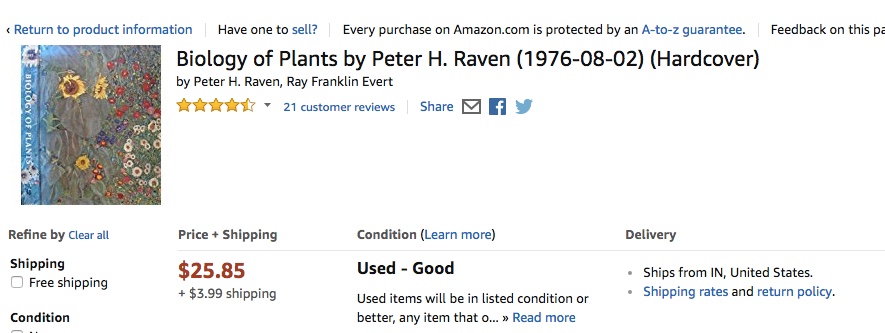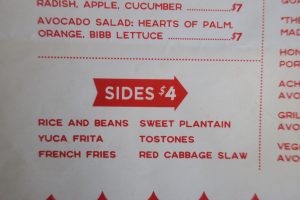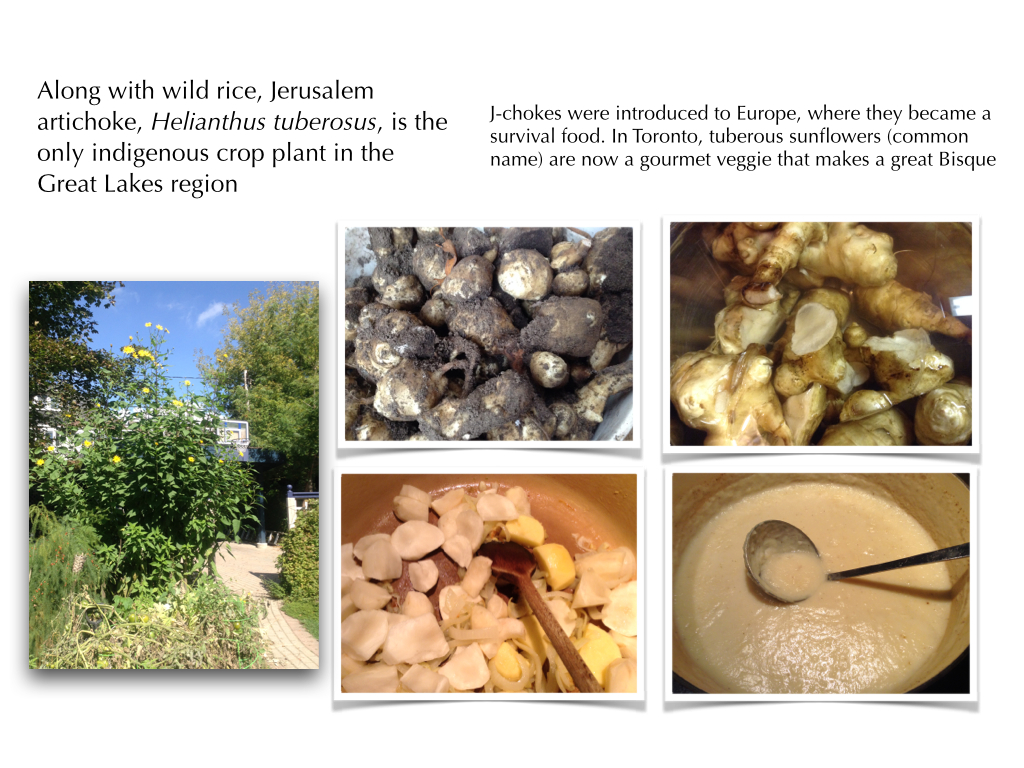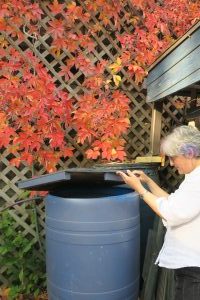My second year Plant Biology course is filled with stressed out students. But, while they may not realize it, the students who regularly come to lecture are, likely, the least stressed people in the course.
My advice to all undergraduates is simple: aim to attend every lecture and lab, to write notes, to review them within 24 hours, and to keep up with the reading. If you do this, most of you will definitely pass any course.
Lots of students seem to have a baseline setting where they resist reading the textbook. As a lifelong avid reader, I'm baffled by students who assume that they will get better at reading by doing less of it, not more!
I totally get that students who tell me that they are overwhelmed by their text book, genuinely feel this way. Unfortunately, when I ask whether the student who is concerned about too much future reading, has done the reading that I assigned 3-5 weeks ago, they usually admit to not having opened their textbook. This is when I find myself explaining, that most text books are written at a high school level, and that the student needs to reflect on whether they might be a bit of a reluctant reader. There are lots of ways to encourage enthusiasm for reading science texts.
It's essential for students to befriend your text book.
 Having said that, I want to tell you the story of my ongoing relationship with a text book that I first encountered in my first year at the University of Toronto. Now in its 8th edition, it is our very expensive BIOL 2010, Plant Biology, text, Raven Biology of Plants.
Having said that, I want to tell you the story of my ongoing relationship with a text book that I first encountered in my first year at the University of Toronto. Now in its 8th edition, it is our very expensive BIOL 2010, Plant Biology, text, Raven Biology of Plants.
Raven Biology of Plants keeps being updated because it's good
I'm very keen for students to appreciate what, in my opinion, is one of the best science texts of all time. I even use the Doccam to demonstrate how to read text book content that is directly related to my powerpoint slide content. This text IS NOT on the lecture slide, but I cover it verbally. Reviewing only the lecture slides means that students WILL miss important information. Which is why I say: please come to class!
Are you one of those students who kept all of your high school, and undergraduate textbooks? I am. My parents, who are now in their 80s, are clearing out their basement. They periodically drop off boxes of my old texts. I give or throw most of them away, but I have kept some. Sadly, I never did buy Raven's 1976 first edition, which was the background text for an optional 6-week module on flower and seed development. Instead, I saved money, and read it on reserve in the Medical Sciences Library.
Peter Raven has now retired, and he is no longer on the writing team of his text book. The updates have been taken over by his co-authors, Ray Evert and Susan Eichhorn.
In the 1990s, I taught BIOL 2010 from the 4th and 5th editions. I used overheads, and slides in carousels, and I tortured students with my really bad chalk diagrams of the life cycles!
In Winter Term 2010, I had a chance to engage with the 7th edition, when I covered Plant Biology, while the course director was on sabbatical. In the 90s, before Powerpoint slides, and class room websites existed, I used to begin teaching the course at chapter 1, and move through the text in a linear fashion.
However, there are many possible routes through a course syllabus. I always felt that going from chapter 1 to the end of a book is silly. But, in the past, there was no easy way for students to keep up with a zig-zagging pathway through a text book. This was especially the case if students didn't always come to lecture. Most students would keep track of where the course was at, using the handout that they received on day one of the course, with its planned schedule of lectures.
 I began posting my second year Ecology course lectures on a dedicated Biology Department website in 1999. The WebCT electronic classroom technology, hadn't spread across York back then. When I returned to teach Plant Biology in 2010, York had moved to open source Moodle. I jumped right in to learning Moodle, delighted that I could bring students with me on my own favourite route through the book! I wrote the following post for the IRIS website (here, updated and illustrated with some more recent images).
I began posting my second year Ecology course lectures on a dedicated Biology Department website in 1999. The WebCT electronic classroom technology, hadn't spread across York back then. When I returned to teach Plant Biology in 2010, York had moved to open source Moodle. I jumped right in to learning Moodle, delighted that I could bring students with me on my own favourite route through the book! I wrote the following post for the IRIS website (here, updated and illustrated with some more recent images).
FOOD BLOG NO. 8 – SOME INTERESTING THINGS ABOUT FOOD CROPS FROM BIOLOGY 2010 Published December 2, 2010
From January to April 2010, I taught BIOLOGY 2010, Plants.
 I have long been annoyed that of the 6 Kingdoms of Life (Bacteria, Archaea, Plants, Protista, Fungi and Animals), introductory zoology courses cover only 1 kingdom. On the other hand, introductory botany courses cover 5 kingdoms. The animal kingdom has hardly any species compared to other five. In introductory Botany or Plants courses, if we follow the text book's organizational structure, starting at chapter 1, we work our way through fungi, seaweed, bacteria and viruses before getting to trees and flowers. This is NOT fair!
I have long been annoyed that of the 6 Kingdoms of Life (Bacteria, Archaea, Plants, Protista, Fungi and Animals), introductory zoology courses cover only 1 kingdom. On the other hand, introductory botany courses cover 5 kingdoms. The animal kingdom has hardly any species compared to other five. In introductory Botany or Plants courses, if we follow the text book's organizational structure, starting at chapter 1, we work our way through fungi, seaweed, bacteria and viruses before getting to trees and flowers. This is NOT fair!
The last time I taught this Biology course was in 1997. And everyone was bored by how long it took us to get to plants - chapter 15 after chapters 1-14 on every other kind of organism except animals. But, thanks to the wonders of e-learning, now I can start my course with chapter 21 - The Human Prospect, or People and Plants, and not lose the thread of the course.
I wanted to begin with chapter 21 because my goal was to hook the students on the course through our excitement about plants as food:
 Without photosynthesis, there would be no life on earth as we know it. Plants are the foundation of our life. Yet, although there are over 250,000 species of plants, humans use only 14 species as our main food crops! WHEAT, RICE, MAIZE, POTATOES, SWEET POTATOES and MANIOC (provide more than 80% of the total calories consumed by humans), while SUGARCANE, SUGARBEET, COMMON BEANS, SOYBEANS, BARLEY, SORGHUM, COCONUTS and BANANAS add to the list, that constitutes the majority of crops that are widely grown for food around the globe.
Without photosynthesis, there would be no life on earth as we know it. Plants are the foundation of our life. Yet, although there are over 250,000 species of plants, humans use only 14 species as our main food crops! WHEAT, RICE, MAIZE, POTATOES, SWEET POTATOES and MANIOC (provide more than 80% of the total calories consumed by humans), while SUGARCANE, SUGARBEET, COMMON BEANS, SOYBEANS, BARLEY, SORGHUM, COCONUTS and BANANAS add to the list, that constitutes the majority of crops that are widely grown for food around the globe.
In the move from hunter-gatherer societies to agrarian (crop-based) societies, the area needed to support a family dropped from 5 square km to a fraction of this. The efforts of a few people were able to produce enough food for everyone.
Since then, the industrial revolution and the green revolution have provided huge subsidies to the amount of time and energy that it takes to produce food to feed ourselves.
All food for thought!
I think that we should give Jerusalem Artichoke or Sunchoke (Helianthis tuberosus) more attention. It's one of only two truly native plant crops in our Great Lakes Basin (the other is wild rice - Zizania aquatica). You can see photos of me and my husband with our back yard crop of Sunchokes - we have dug up about 30 lbs so far!
.


